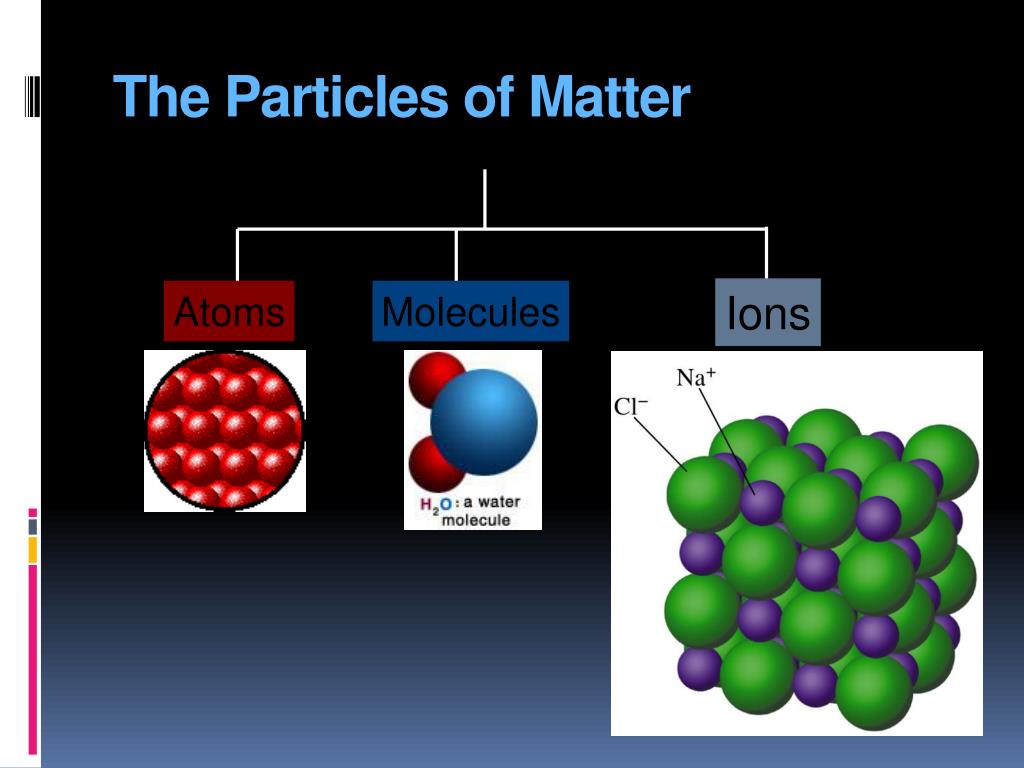

They move a very tiny amount, but we can't see that … because they are microscopic. Tell me the bit about the solids again? Tell me what you said about the particles in the solids? Later in the interview, Bill used the term microscopic to describe the particles in a solid, where a scientist would describe them as 'submicroscopic' (or 'nanoscopic'): He considered they were too small to be seem with a magnifying glass, but large enough to probably be seen with a microscope.īill, like a good scientist, qualified this answer as he had not actually undertaken the necessary observation to confirm this: but his intuition seemed to be that these particles could not be so small that they would not be visible through a microscope. He seemed to be convinced of their existence, despite not being able to see them. However, I continued, accepting Bill's suggestion of a table being solid as a reasonable example.īill knew that the particles in a solid were very tiny. From a chemical perspective a table is not solid. Technically the terms solid, liquid and gas refer to samples of substances and not objects. Well, solids they stay same shape and their particles only move a tiny bitĮrm, they're the bits that make it what it is, I think. So how do you know if something is a solid, a liquid or a gas?

Bill was explaining that he had been learning about the states of matter, and introduced the notion of there being particles: Taber Image by 2427999 from Pixabayīill was a participant in the Understanding Science Project.


 0 kommentar(er)
0 kommentar(er)
